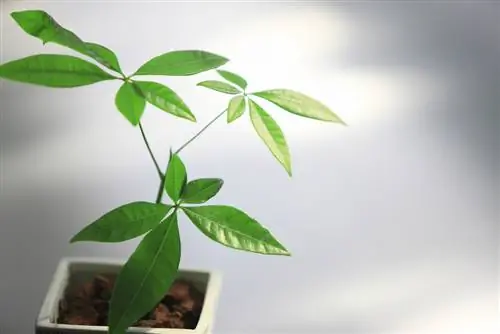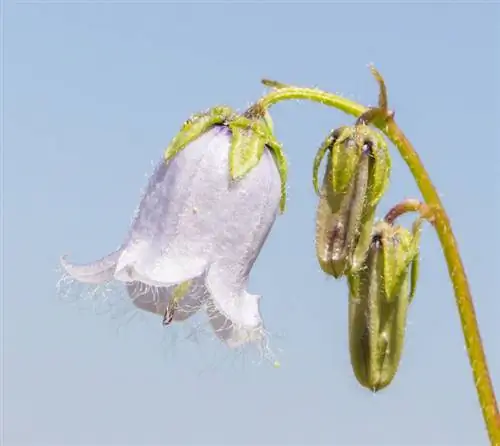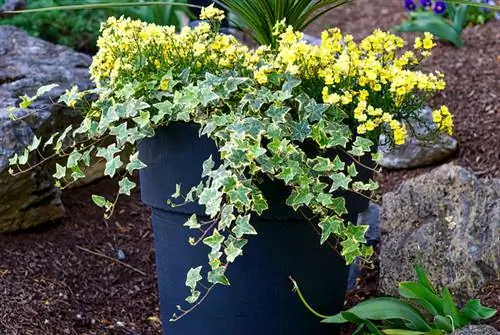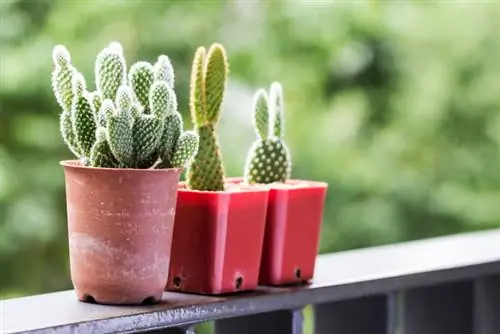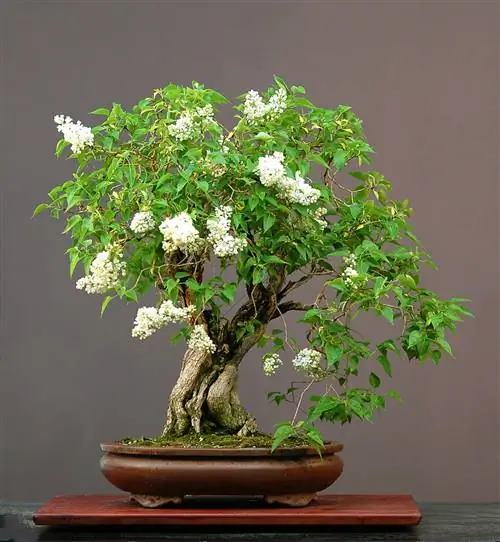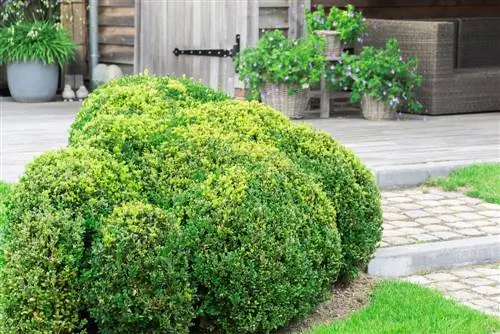- Author admin [email protected].
- Public 2023-12-16 16:46.
- Last modified 2025-01-23 11:21.
Neither the sweet chestnut nor the horse chestnut are designed for the home, but there are certainly chestnuts that are suitable as houseplants. However, this only refers to the name; these plants are not related to the native chestnut.
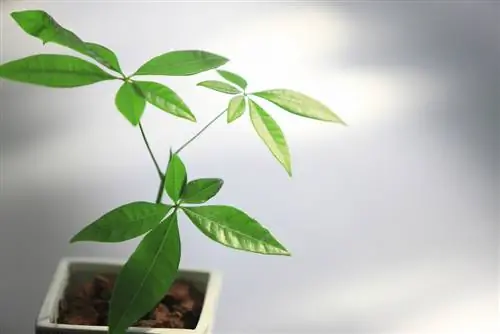
Which types of chestnuts are suitable as houseplants?
The Australian chestnut (Castanospermum australe) and the lucky chestnut (Pachira aquatica) are suitable as chestnut houseplants. Both require warm temperatures, lots of light and regular watering without causing waterlogging.
Which chestnut is best for indoors?
Either the Australian chestnut (bot. Castanospermum australe) or the lucky chestnut (bot. Pachira aquatica) are suitable as houseplants. While the Australian chestnut can also be grown in the garden in warm regions, the lucky chestnut needs very warm temperatures all year round.
How do I care for a lucky chestnut?
The lucky chestnut is often considered quite delicate. But this is less due to the plant than to the way it is sold commercially. There it is often in a pot that is much too small and has a braided trunk. You're not good at either. It's best to repot the plant in a larger container immediately after purchase.
The Pachira, as the lucky chestnut is also called, comes from Central America and is at least distantly related to the hibiscus. She likes it bright and sunny. The midday sun doesn't harm it either, as long as the pot is big enough and the substrate is moist. Always water the lucky chestnut when the soil is slightly dry.
The lucky chestnut, in a nutshell:
- Location: sunny to slightly shady
- Substrate: commercially available houseplant soil
- watering: allow to dry slightly between waterings
- fertilize: every 1 to 2 months, not in the first few months after purchase or repotting
- also tolerates dry room air
- ideal temperature: room temperature all year round
- overwinter: in the room or between 15 and 20 °C
How do I care for an Australian chestnut?
The Australian chestnut is quite easy to care for. During growth, the young plant needs plenty of water. However, there should be no waterlogging. Like the lucky chestnut, the Australian chestnut loves warmth. However, it can tolerate temperatures around freezing for short periods of time. She likes to enjoy the summer outside in the garden.
Tip
Do not buy pachira in very small pot. It is best to transplant the lucky chestnut immediately into a sufficiently large flower pot.

